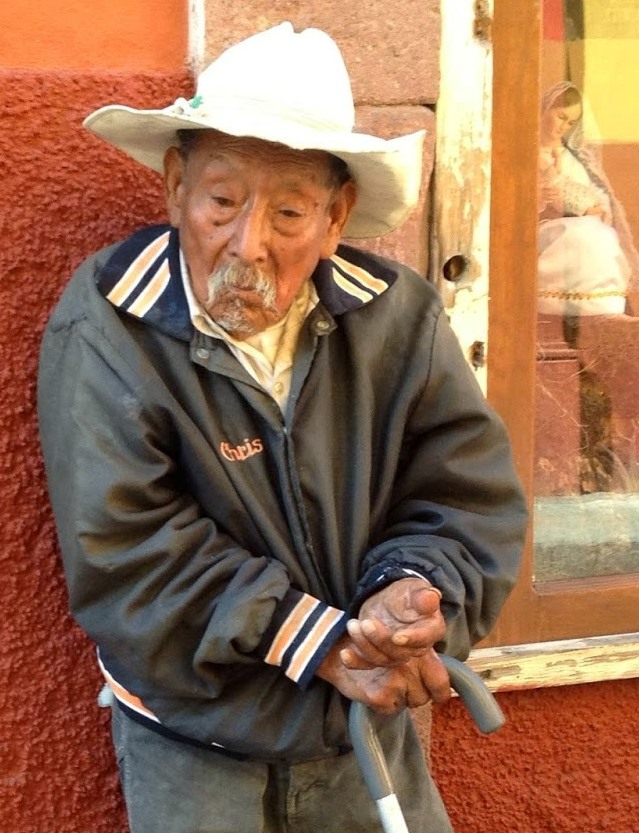Between 2015 and 2023, more than 14 thousand homicides of elderly people were reported nationwide in Mexico. Their homes were the second highest-risk place.
At the beginning of the 2000s, newscasts in Mexico City repeated the same news: women between 70 and 90 years old were being murdered in their own homes. Around 17 crimes were recorded in almost a decade, but after that case that captured all the spotlights, homicidal violence against older adults seems to have fallen into an abyss of silence.
Candelaria is -69 years old-, Raquel -79-, Juan Pablo -86-, Samuel -72-, Guadalupe and Juan -90-, these are some of the names that appear in news articles from different media in the states. They were all murdered. Some were found in their own homes, others in public and even, in some records, the crime was perpetrated by a family member. Like them, 14,558 older adults were victims of homicide in some regions of Mexico between 2015 and 2023, according to mortality statistics from the National Institute of Statistics and Geography (INEGI)
Murder is a phenomenon that has not been fully viewed through the lens of age, says Dr. Martha Liliana Giraldo Rodríguez, a specialist in abuse and violence against older adults. It is common for the focus to be on the young population, who are the most attacked, but attention has not been paid to the fact that the population over 60 years of age has also been strongly affected, she says.
Extreme violence against this sector of the population, translated into murder, is the last step in a series of violence that exists against older adults, who experience physical, economic, psychological abuse, neglect, abandonment, or sexual abuse, explains Giraldo, who has studied this phenomenon from all its angles for more than two decades.
This phenomenon shows a worrying pattern: 30% of these murders committed between 2015 and 2023 against this population occurred in their homes, this means that every month about 40 people over 60 years old were murdered in their homes. Of these, approximately 30% of the victims were women. When analyzing the place of discovery and the cause of death, the difference between genders is clear.
While 40% of homicides of men that occur with a knife are recorded in homes, this figure grows to 70% when the victim is a woman; a similar behavior occurs in the case of asphyxiation, being one of the most common forms of aggression against older women.
In addition, the data show that half of the crimes against men were committed with a firearm, but this barely represents 30% of the murders of women.
This analysis is the first outline of violence that is underestimated, but only the Inegi records reveal that in three states of the country, the figures could represent an alarm point: between 2015 and 2023 Colima, Morelos, and Baja California show a constant trend of rates above the national rate, even in some of these entities this figure has tripled the murders reported throughout the country.
Colima is the second entity with the lowest population of older adults in Mexico, as is Baja California Sur, but the difference is that in the first, 51 people over 60 years old were murdered in 2023 and in the other, none, this placed it as the entity with the highest rate during that year: 52 homicides per 100 thousand, four times more than the national rate.
On the other hand, in places like Baja California, these murders had their highest peak in 2020, a year in which homicidal violence exploded in most of Mexico; in fact, that year 13 entities reported rates above the national rate. Morelos was for five consecutive years (from 2015 to 2019) among the top 10 states with the highest homicide rates among older adults, and although it managed to lower its records in 2020, in 2023 this rose again.
The centralization of resources and efforts is another aspect that becomes a constant in this terrible crisis.
With information from El Universal
San Miguel Times
Newsroom

